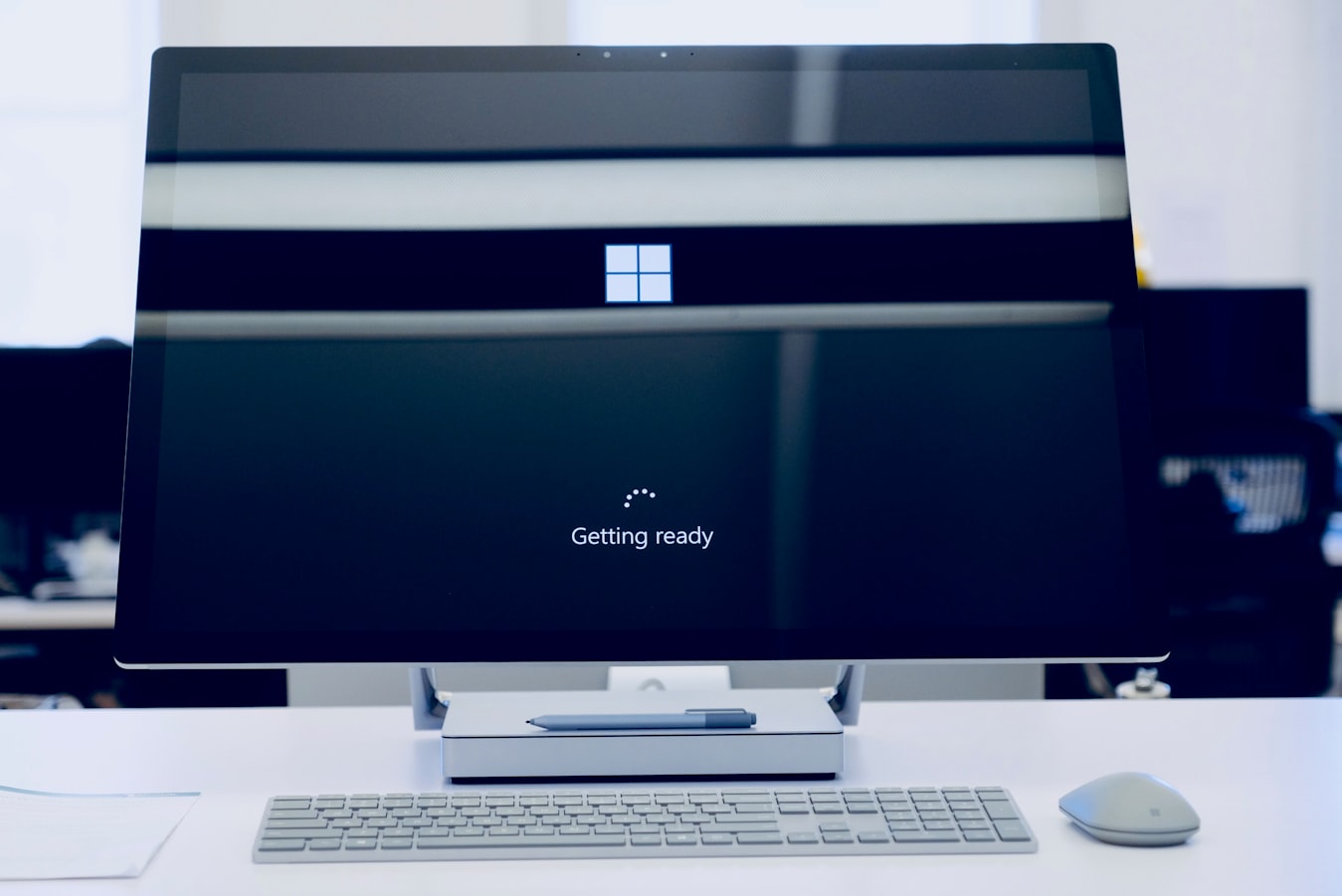After an AU$1.1 billion blowout to Victoria’s ‘broken’ WorkCover scheme, the State Government is considering narrowing coverage of mental health claims which are typically more expensive and take longer to resolve than physical health claims.
However, rather than restrict mental health claims – which would be discriminatory and most likely just transfer those costs from employers to taxpayers through the health and social security systems – governments and employers must do more to prevent psychiatric injury in the first place by building mentally healthy workplaces.
Australian employers do not take the risks of psychiatric injury as seriously as physical injury.
In fact, even though 20 per cent of Australians have mental ill-health every year, nearly half of senior managers do not believe that any of their staff will experience a mental health problem at work.
However, there has been some progress. The pandemic, in particular, has led to greater awareness of the way in which social conditions can impact mental health – for example, when the Governor of the Reserve Bank of Australia, Philip Lowe, consulted suicide prevention bodies about interest rate rises.
Research is revealing that the social, economic and environmental conditions in which people live can have a profound effect on their health, mental health and longevity.
These are known as the social determinants of health and mental health.
While there are many social determinants, one specifically relates to work – whether someone is employed or unemployed, whether their job is secure or insecure and how stressful their work or workplace is.
Work stress can be the result of heavy workloads, long hours, lack of worker autonomy or control, effort-reward imbalance (feeling that the demands of the job are not matched by financial and psychological rewards), work-family conflict and bullying, harassment and victimisation.
The High Court of Australia has also recently recognised that emotionally demanding jobs which involve constant exposure to human tragedy – like first responders, police, health workers, journalists and lawyers – are inherently mentally dangerous and require additional precautions to create a safe system of work.
The need for the government and employers to create mentally healthy workplaces was a key recommendation of the Royal Commission into Victoria’s Mental Health System (2021) which the Victorian Government has already agreed to implement in full.
The Productivity Commission Inquiry into Mental Health (2020) also recommended mentally healthy workplaces, having estimated that mental ill-health costs the Australian economy in the order of AU$200-220 billion, with AU$17 billion attributed to lost productivity due to absenteeism and ‘presenteeism’ (attending work but being unproductive) due to work stress.
The Productivity Commission also estimated that every AU$1 invested to prevent workplace psychiatric injury and increase wellbeing produces a return in productivity of AU$4.
The recent Senate Select Committee on Work and Care (2023) has warned of the dangers of long work hours to the mental and physical health of workers, and the need for a worker’s ‘right to disconnect.’
Victorian businesses are already obliged under the Occupational Health and Safety Act 2004 (Vic) to take reasonable steps to prevent psychiatric injury due to work stress.
WorkSafe Victoria is in the process of further strengthening the Victorian OHS framework by developing the Occupational Health and Safety Amendment (Psychological Health) Regulations.
An exposure draft of these regulations requires employers to identify and, as far as reasonably practicable, reduce and eliminate psychological hazards.
This includes producing prevention plans in relation to aggression, violence and bullying, exposure to traumatic content and events, and dealing with high job demands and sexual harassment.
Worksafe Australia has also released the Managing Psychosocial Hazards at Work Code of Practice which also sets out how employers can identify, assess and control risks related to psychiatric injury including excessive job demands, inadequate recognition or reward, organisational injustice and exposure to traumatic events and materials.
Further, most Australian work safe agencies have extensive guidelines, advice and checklists for employers about how to prevent psychiatric injury.
Mentally healthy workplaces can protect workers from poor mental health. This can include increasing job control and autonomy, providing opportunities for professional development, providing managers with mental health training, giving workers access to supervisor and peer support, providing constructive feedback and implementing suicide prevention policies.
In particular, work stress can be decreased by good job design, a supportive organisational and leadership culture and strong management capacity.
Secrets to a Mentally Healthy Workplace
- Identify psychosocial hazards such as:
- high job demands
- low job control
- insecure work
- poor employee support
- lack of role clarity
- poor organisational change management
- inadequate recognition or reward
- organisational injustice
- exposure to traumatic events or material
- violence and aggression
- bullying, harassment and victimisation
- Create proactive management plans to eliminate and reduce mental health risks
- Ensure there is strong management commitment and leadership
- Give managers mental health training
Given the substantial costs of work stress and the benefits of reducing it, there has never been a better time for employers to proactively create mentally healthy workplaces.
Not only are there strong moral, legal and human rights reasons for employers to prevent mental ill-health – it also makes good business and economic sense.
If you or anyone you know needs help or support, please contact Lifeline on 13 11 14 or Beyond Blue on 1300 22 3636.







